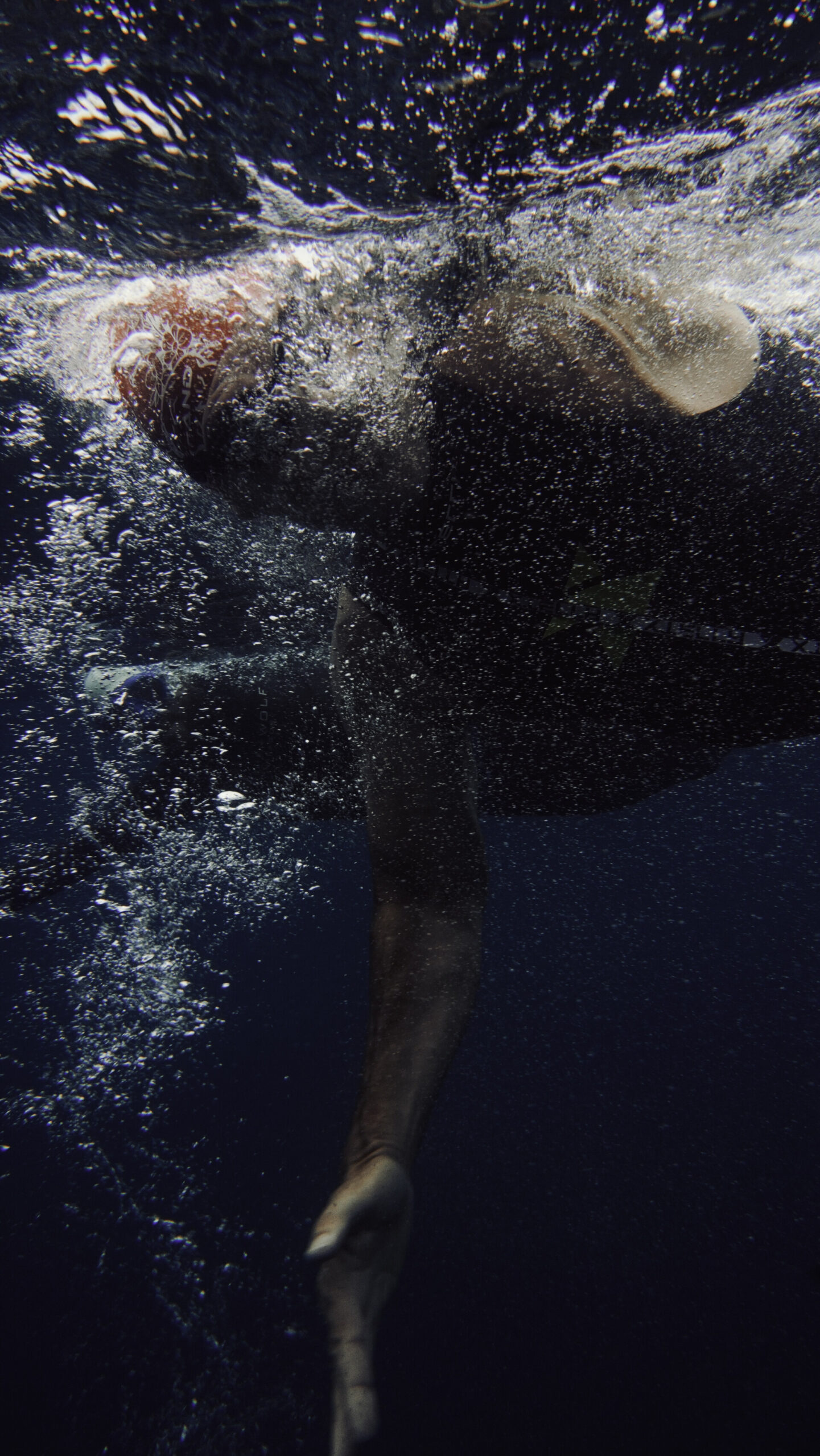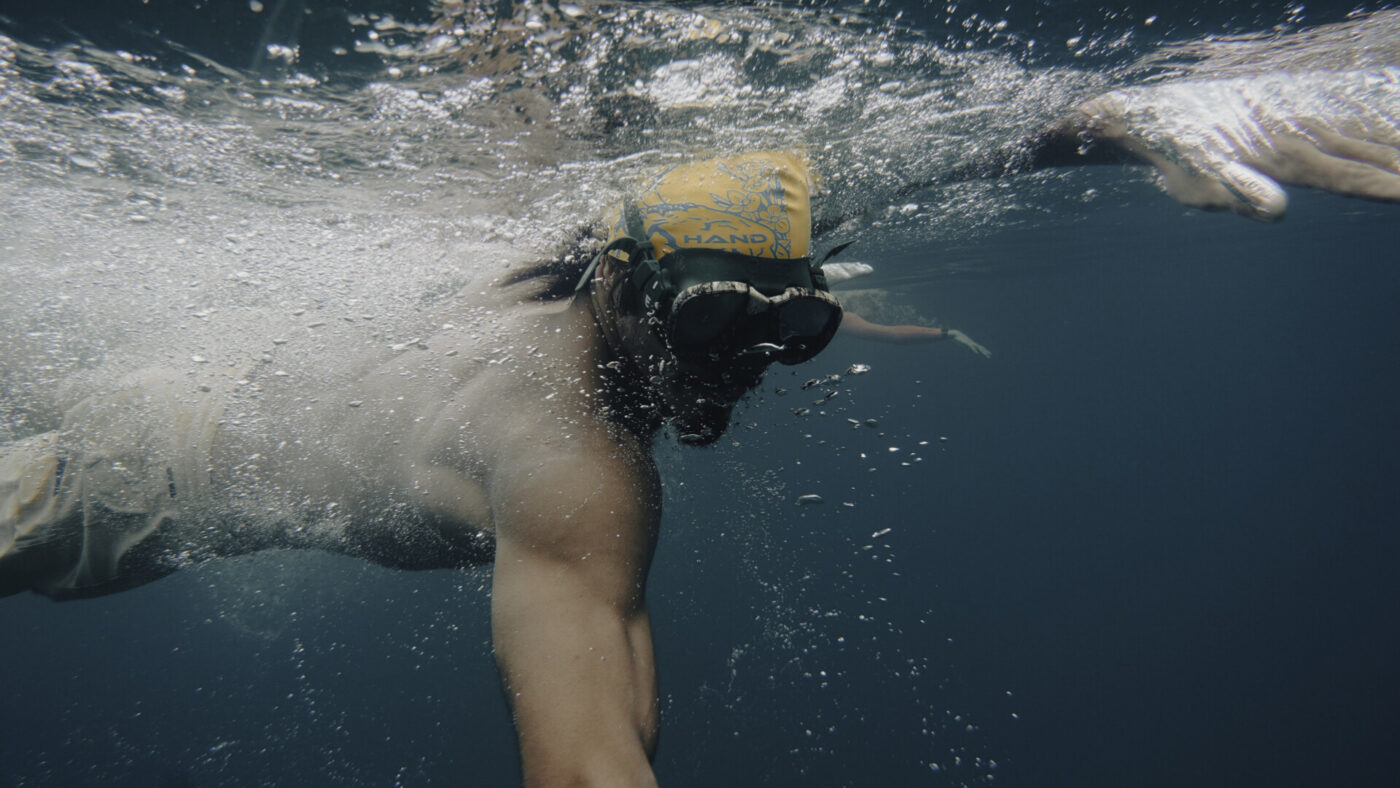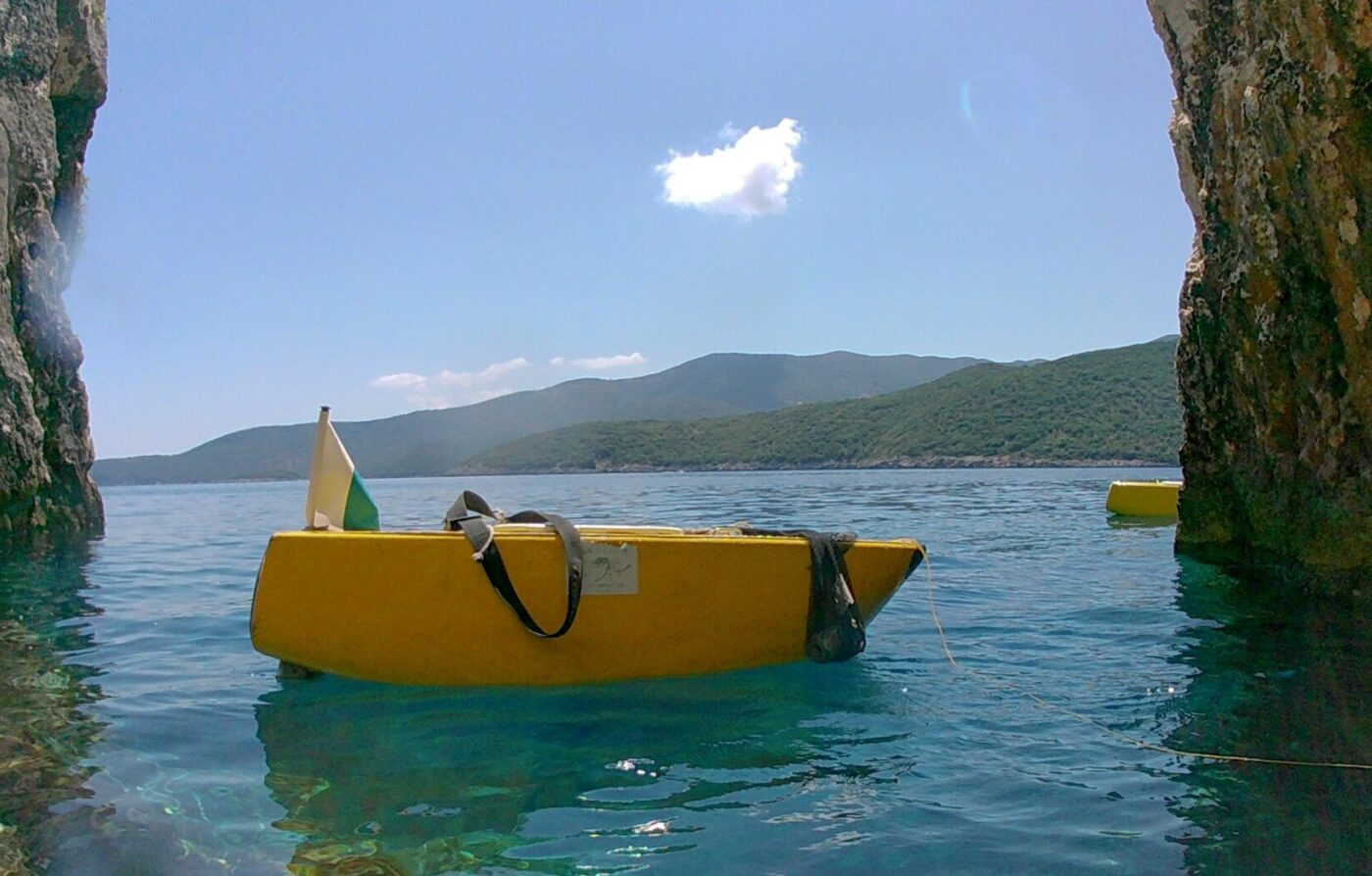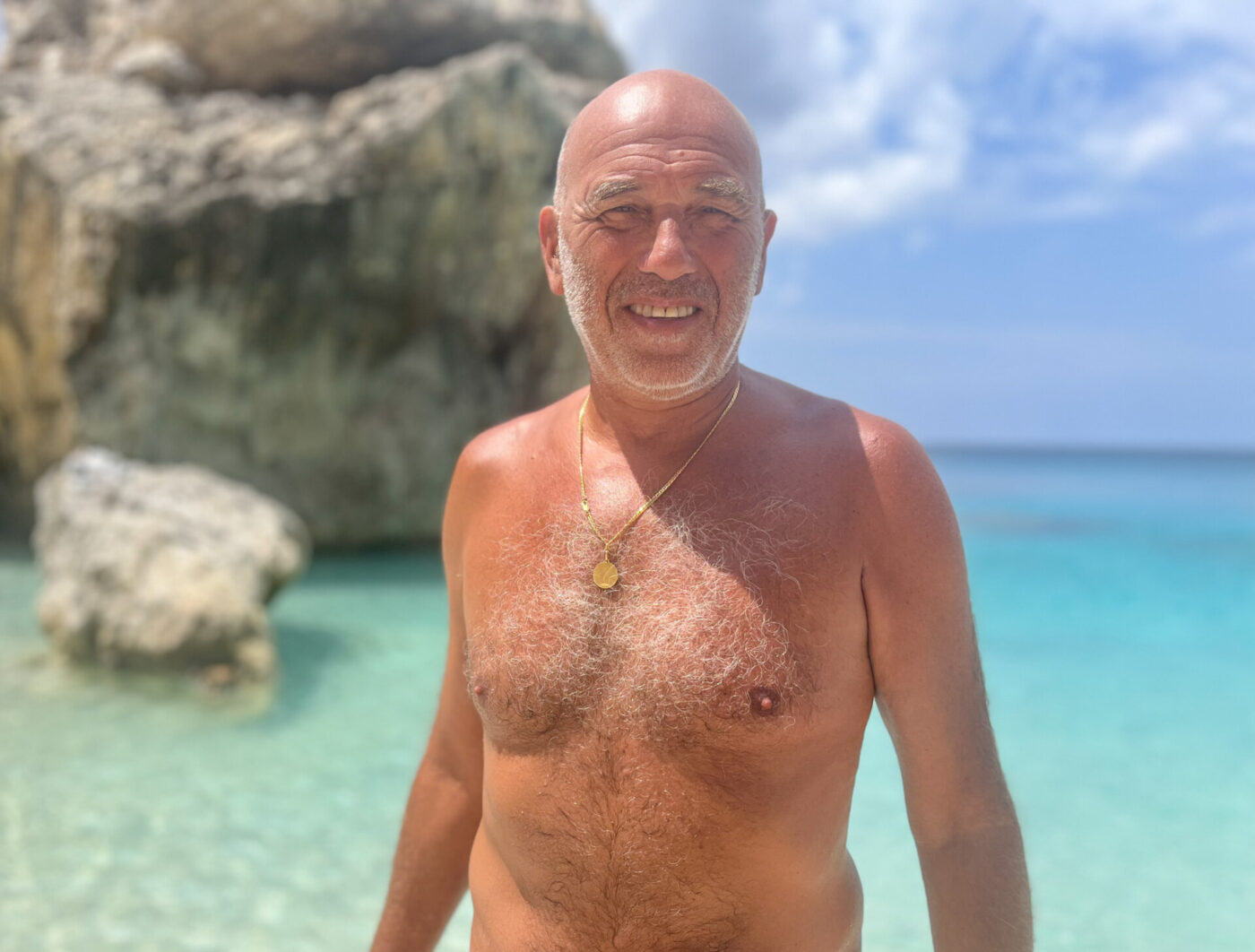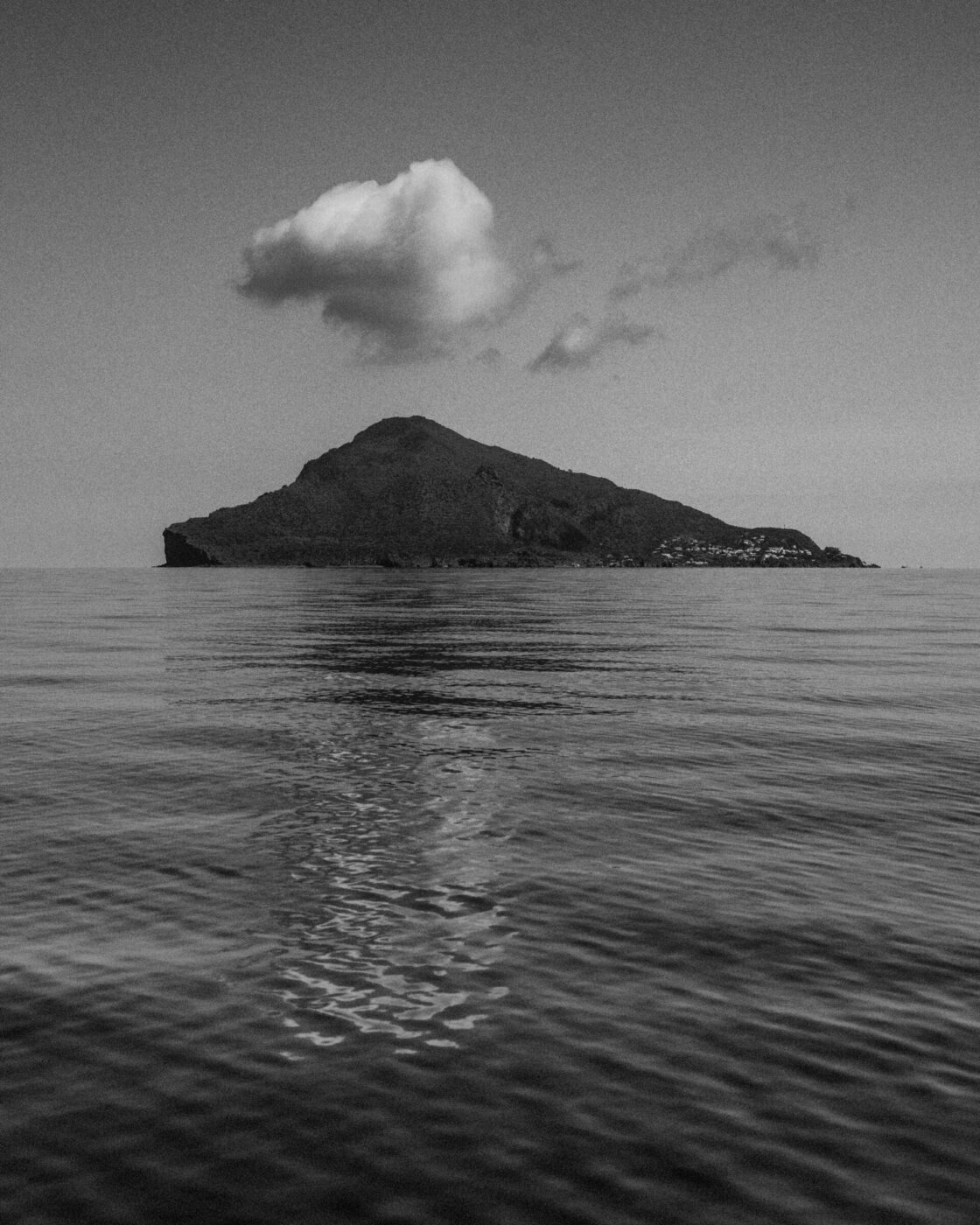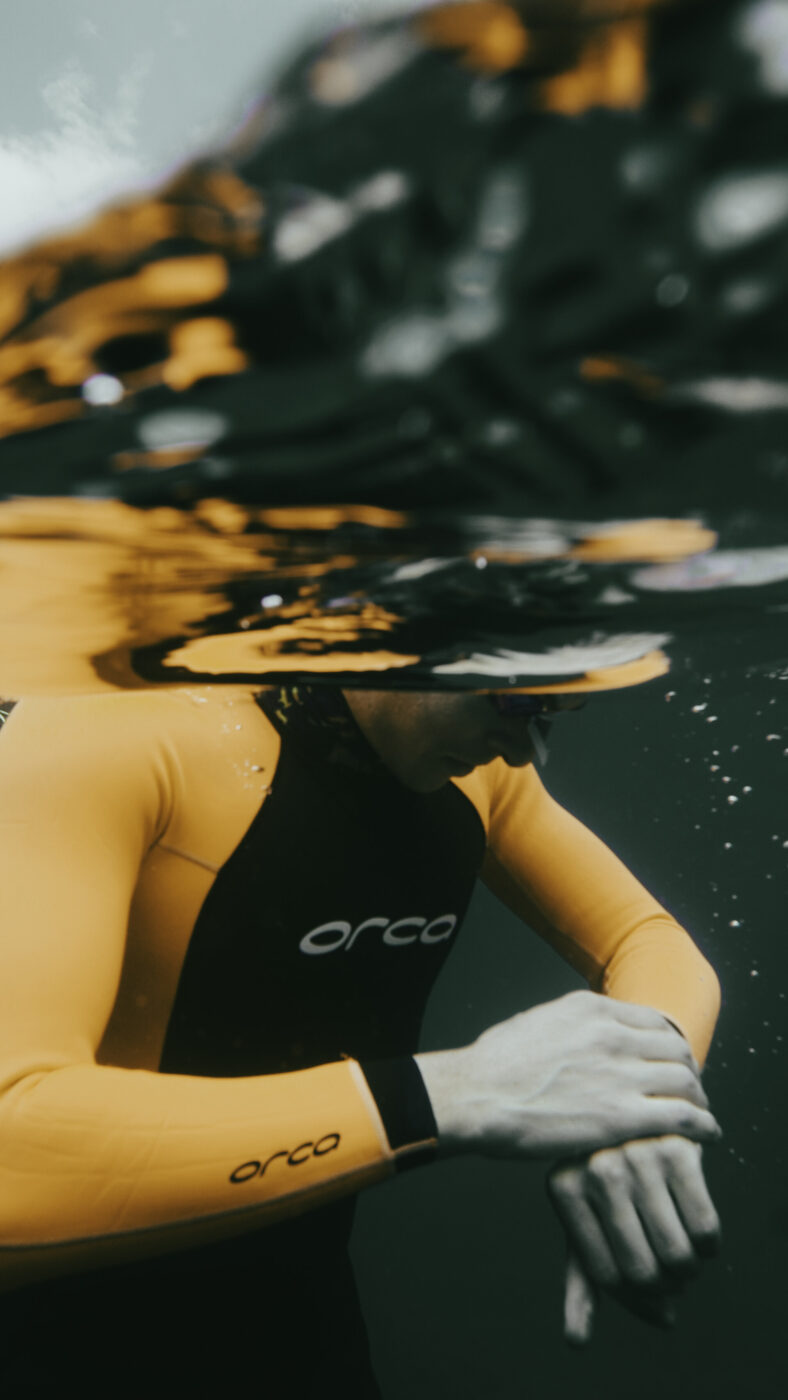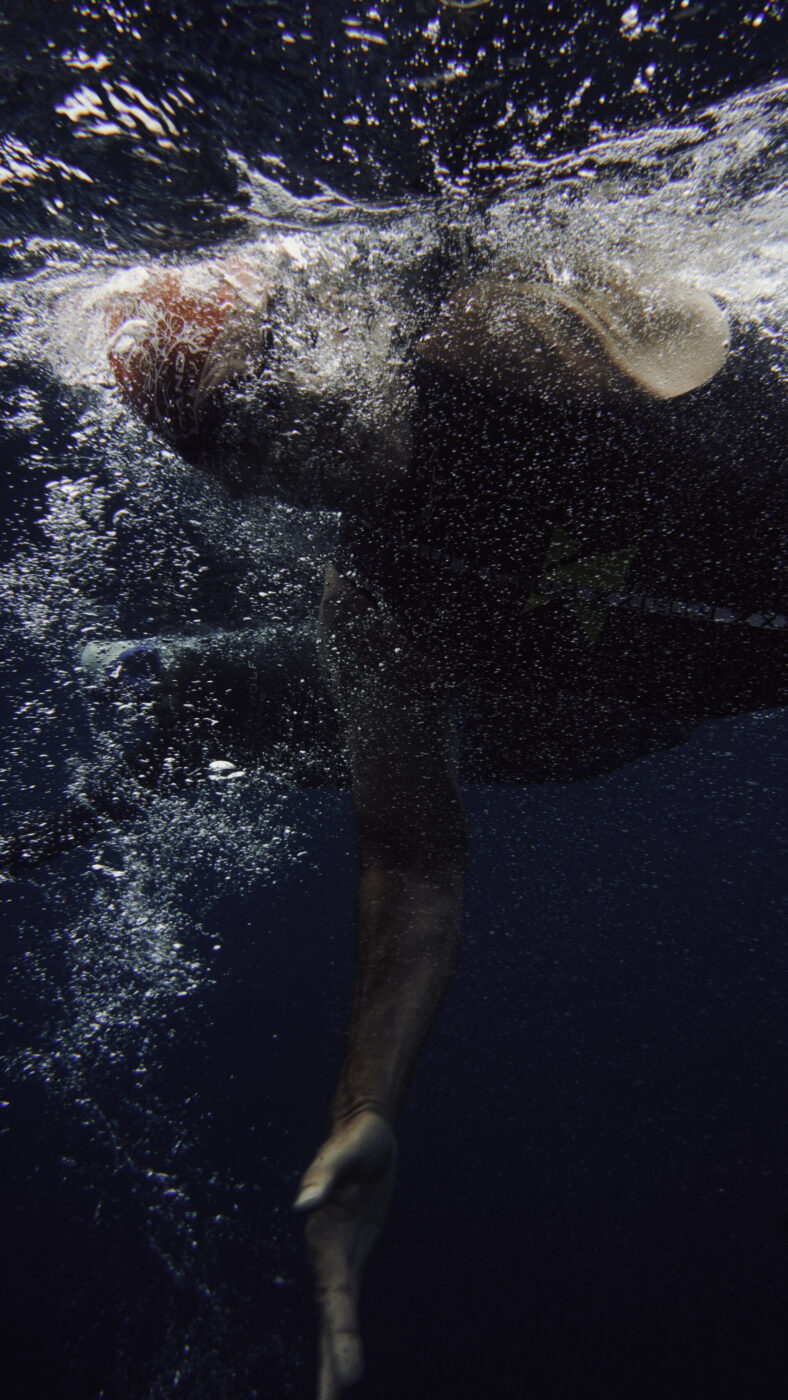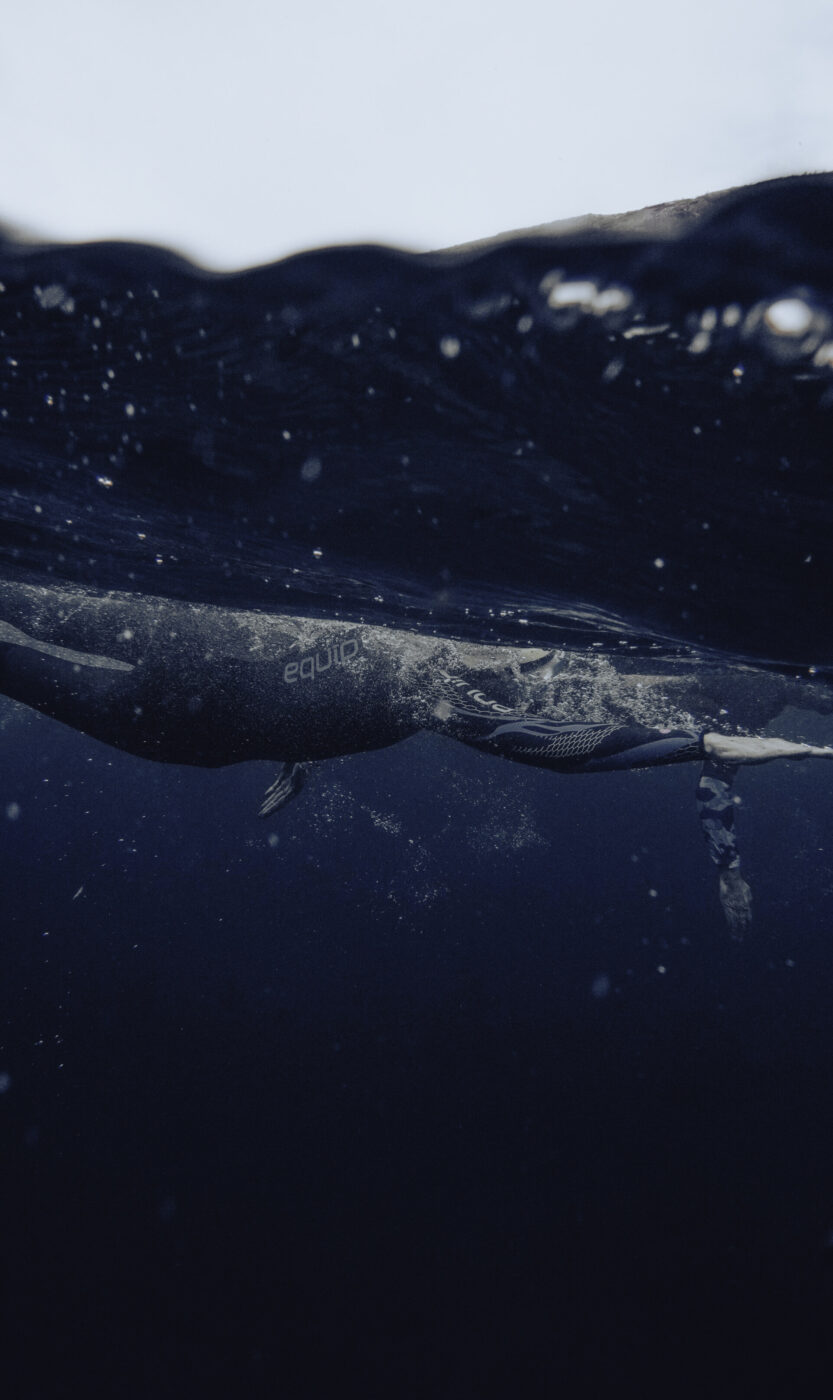Forget dusty trails and crowded paths. Swimtrekking asks you to leave your boots behind and step straight into the sea.
I first encountered the sport (for lack of a better word) in Tuscany, in the Bay of Baratti, during an open day—and haven’t been able to shake the feeling it gave me since. Maybe it’s because I’m from a landlocked region in Northern Italy, where “trekking” means thick socks, layers of gear, and a hearty polenta dish as a reward, and the sea was something I only enjoyed sporadically—usually from a sandy beach, no underwater explorations or long swims involved.
Swimtrekking, then, combined something familiar with something I had always longed for. The multi-day sea adventure blends endurance swimming with exploration. Participants swim along coastlines—often covering 6 to 10 kilometers per day—over the course of 3 to 5 days. Unlike racing, it’s about moving mindfully through the marine landscape, pausing to rest on remote beaches, observe sea life, and share the experience with a group.
So, despite my limited pool training, my lack of confidence in my endurance, and my vague expectations, I signed up for an excursion and headed to the Greek island of Ithaca with nothing but a mask, snorkel, and eager excitement.
Swimtrekking all started from the crazy idea of one Francesco Cavaliere, a physical education teacher, who had an epiphany on (or should we say, in) Lake Bracciano. In 1995, he founded the Swimtrekking Association and has been leading groups of eager swimmers to new islands ever since. The association now organizes dozens of trips a year, trains over 20 instructors, and collaborates with environmental groups and research institutions. They operate in the Mediterranean Sea, both in Italy and Greece, with occasional adventures in the ocean—including a recent expedition to the Galápagos.
On my excursion to Ithaca, each day began with a briefing about the route and the marine species we might encounter, followed by a few kilometers of swimming—morning and afternoon—punctuated by stops in secluded spots reachable only by sea. With just wetsuits, fins, masks, and a barkino (a lightweight towable boat for essentials that Francesco invented), we swam together at a steady pace, pausing to observe starfish, caves, and coastal wonders under our instructor’s guidance. The group ensured safety, but the experience was individual and meditative—stroke after stroke, a rhythm in sync with the sea.
With no support boats or motors, Swimtrekking is a truly low-impact activity—designed to leave no trace on the marine environment. Along the way, we collected litter, recorded jellyfish and invasive species, and contributed to Citizen Science projects—acting as guardians of the sea in our own small ways.
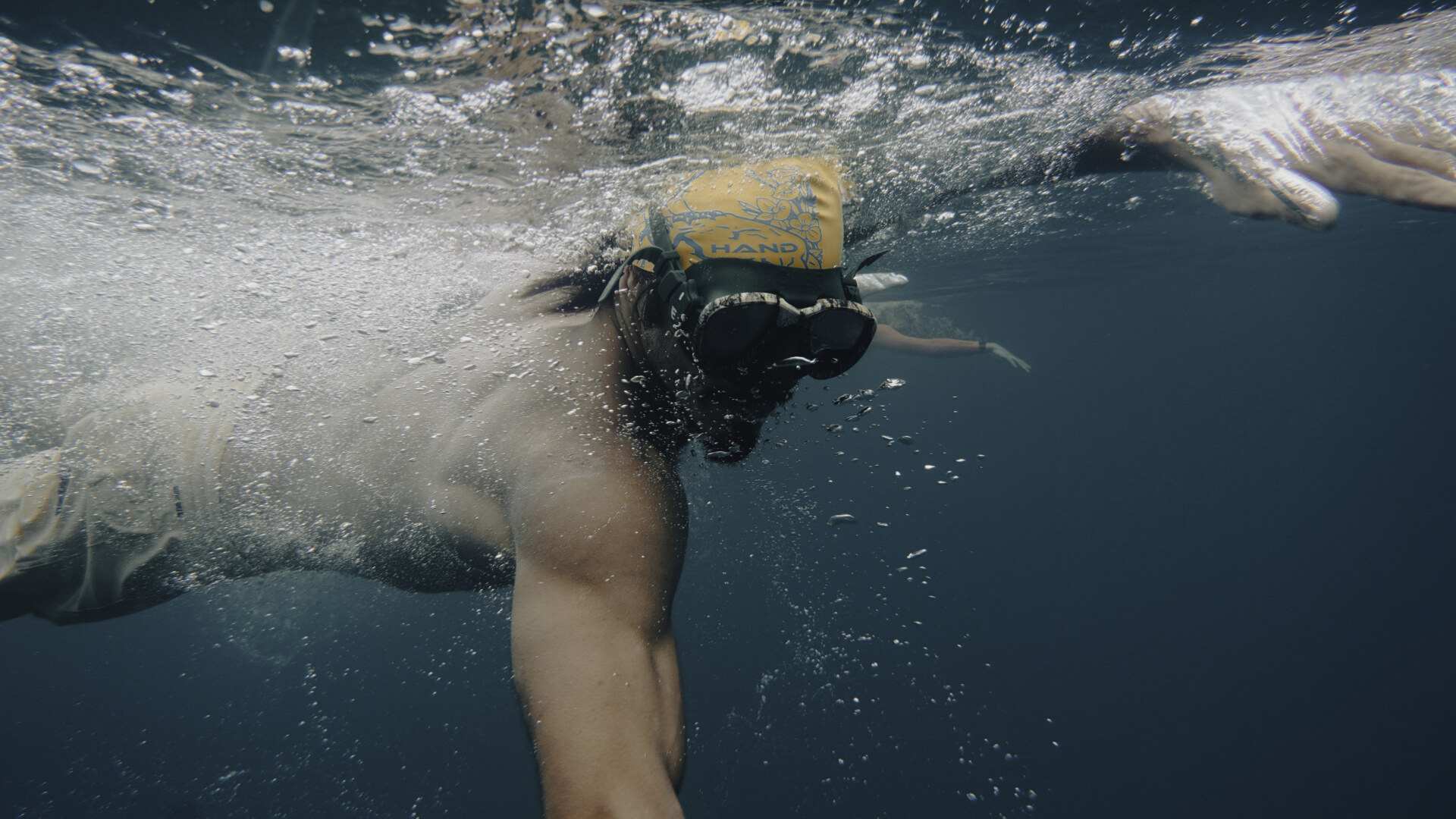
Photo by Juan De Dios Morales
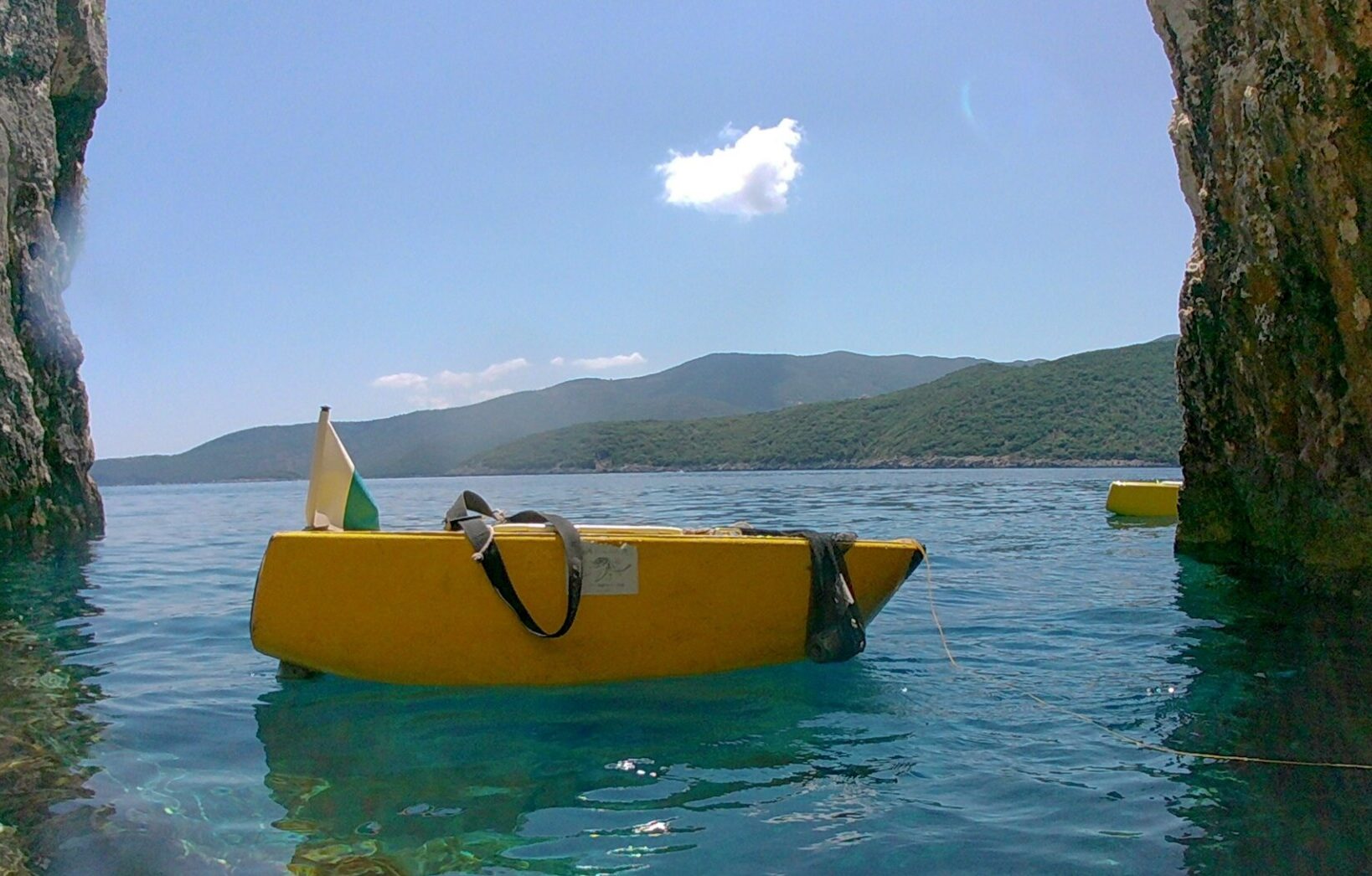
The barkino (a lightweight towable boat for essentials that Francesco invented)
I used to think that nothing could surpass the feeling of enjoying the sea on a sailboat—until I discovered the satisfaction of reaching a remote beach by the sheer force of my own strokes. On our final day, under a stormy sky, we trusted the instructor’s call and swam through water smooth as glass, just before the thunder rolled in. He stood barefoot on the sand, reading the wind like a mariner from another time. In that moment, Swimtrekking felt less like a sport and more like a return to instinct, to moving with the sea rather than through it.
As an avid supporter of this adventure sport, I called Francesco—now 64—to learn more about the path that led him here. He “met” the sea at age 14, and it was love at first stroke. His first long-distance swim then came in 1993: 150 kilometers from Golfo Aranci to Santa Teresa di Gallura, spread over 16 days, sleeping on beaches along the way. Like a sea turtle, he’s constantly in motion and, over the course of 13 years, has circled the coastlines of all 44 of Italy’s minor islands.
You’d be hard pressed to find someone who lives and breathes the sea as Francesco does. “Water makes up 80% of our bodies. We are part of it, we come from it,” he tells me. “It is the element on which life on earth is based, so we are inextricably bound to it.”
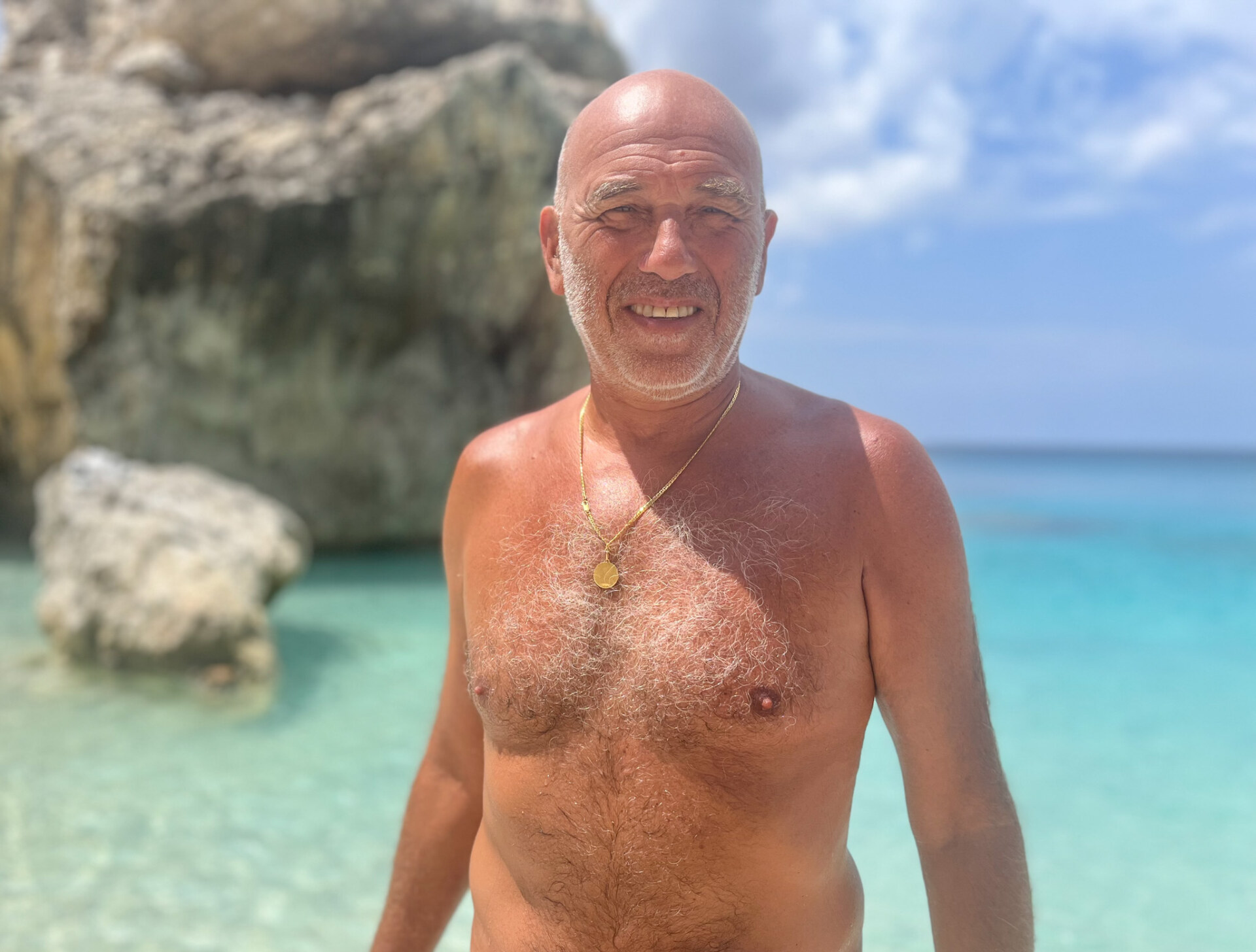
Francesco Cavaliere
Giulia Grimaldi: What is your earliest memory of the sea?
Francesco Cavaliere: It feels more like a dream than a memory. I must have been three or four years old in Ischia, floating in the water with my parents, feeling the gentle movement of the waves. But the turning point in my love for the sea came during my summers in Panarea.
Days were spent swimming with friends, chasing fish, and, in the evenings, wandering through the village with an oil lamp. Instead of watching TV, the greatest show was the Stromboli volcano erupting in the distance or fishermen rowing out to collect passengers from ships that couldn’t dock.
By the time I was 15 or 16, I was already swimming around the island with my friends, stopping at beaches along the way. Someone would pass us tea from a boat. I think that’s where my idea of Swimtrekking was born.
GG: How did that idea turn into a reality?
FC: My lightbulb moment came while I was working both as a PE teacher and for my mother’s tour operator business. I had a sailboat on Lake Bracciano, and as I sat waiting for the afternoon wind one day, I saw a man swimming and towing a canoe.
It struck me—why not swim while carrying everything you need, just like I used to do in Panarea?
I became obsessed. The next day, I started visiting every surf shop in Rome, carrying a surfboard and a cooler, asking if they could be combined into one. Most people thought I was crazy, but eventually, I found someone willing to help me create the barkino. That was the beginning.
First, I swam solo around all of Italy’s minor islands. Then, I thought—why not share this experience with others?
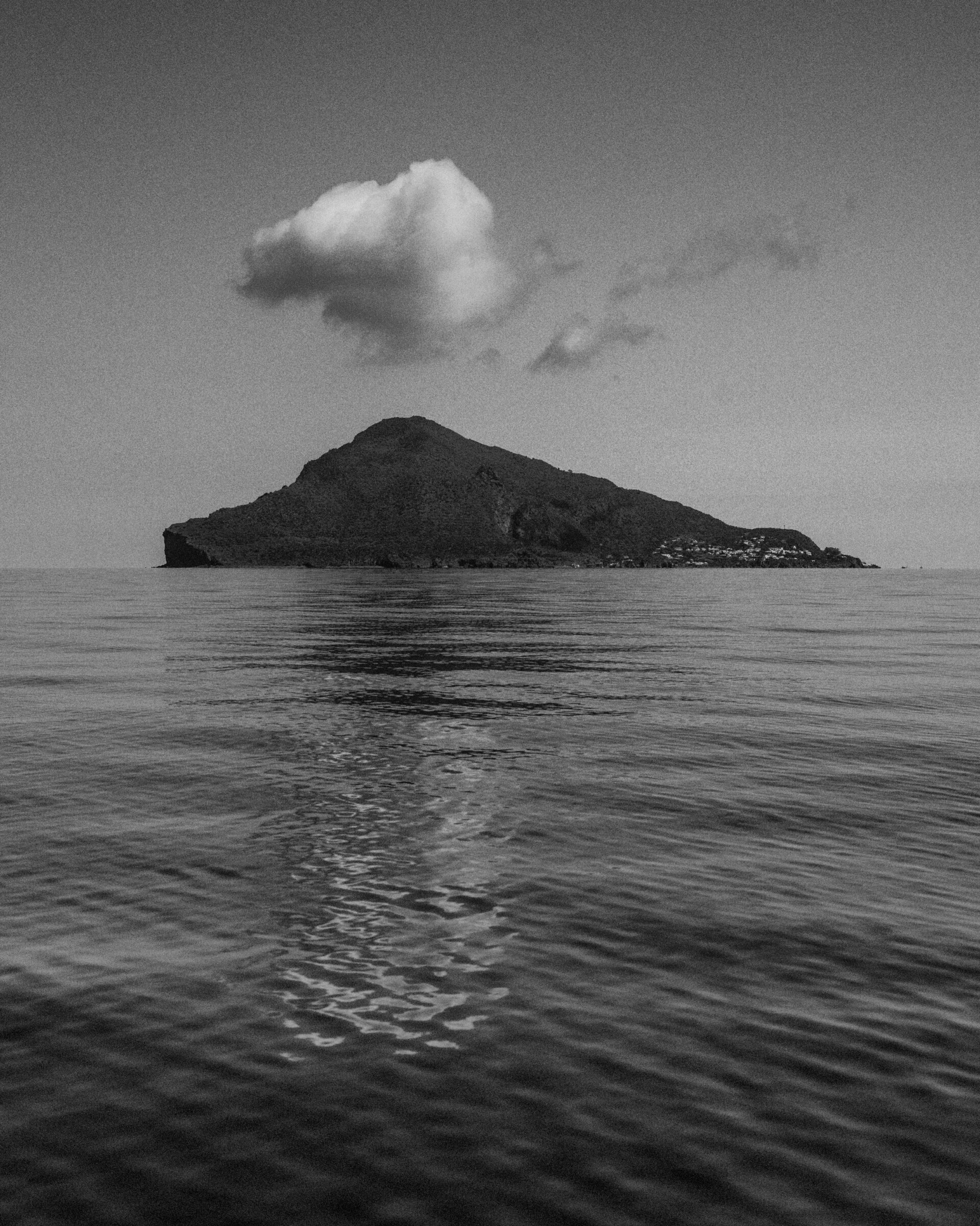
Panarea in the Aeolian Islands; Photo by @seasouldiary
GG: Tell me more about your first long-distance swim.
FC: In my diary, I wrote: “I want to remember this first step as my first day of school—fear mixed with curiosity and overwhelming excitement… Is this Swimtrekking idea just a fantasy, or could it become a real, eco-friendly sport dedicated to discovering the marine world? The only answer lies in the endless rhythm of my strokes… The adventure continues.”
GG: What can you see swimming along Italy’s shores that you can’t from land, or even from a boat?
FC: You can reach places that boats and hikers can’t. Many beaches are inaccessible from land, and even those accessible by boat are often crowded. Our instructors specialize in finding hidden, untouched spots.
The Aeolian Islands, with their volcanic landscapes, are for advanced swimmers, while Elba, the Pontine Islands, and Favignana are perfect for beginners, offering plenty of sheltered beaches.
Swimtrekking is a Mediterranean adventure. We’ve tried it elsewhere, like the Caribbean, but it’s not the same. Here, you can swim past ancient ruins and step onto a beach that leads to a historic village—it’s an entirely different kind of journey.
GG: What makes the experience of Swimtrekking unlike anything else?
FC: You’re in the sea, isolated yet surrounded by a group. With your head underwater, the world feels distant, almost hypnotic. In the Galápagos, I played with a sea lion and lost all sense of time.
Yet, there’s security—the group watches over you. Unlike other outdoor activities, where you’re forced to interact, here you can be in your own world while sharing the experience.
GG: Do you need to be a strong swimmer to go Swimtrekking?
FC: I train in a pool, but I hate it. Swimming in the sea is completely different. At first, it awakens fears—especially in deep waters near cliffs. But Swimtrekking is designed for all levels.
Think of it as the difference between running and walking—we walk in the water. No one gets left behind, and wetsuits and fins help even beginners cover long distances. We even have kids as young as eight years old join us.
So, it’s not about fitness; it’s about curiosity, the desire to explore, and the joy of experiencing the sea in a whole new way.
GG: How do you see Swimtrekking evolving in the coming years?
FC: As far as our association is concerned, I believe it can develop considerably because we have an important message to communicate: the value of exploratory activities. Swimtrekking was precisely designed to provide ways to discover and experience the sea freely. This mission cannot be transformed into something else.
We also take part in swimming crossings with people, which have great potential… In the next few years, we’ll see if we’re able to attract both nature and swimming lovers to explore the sea together.
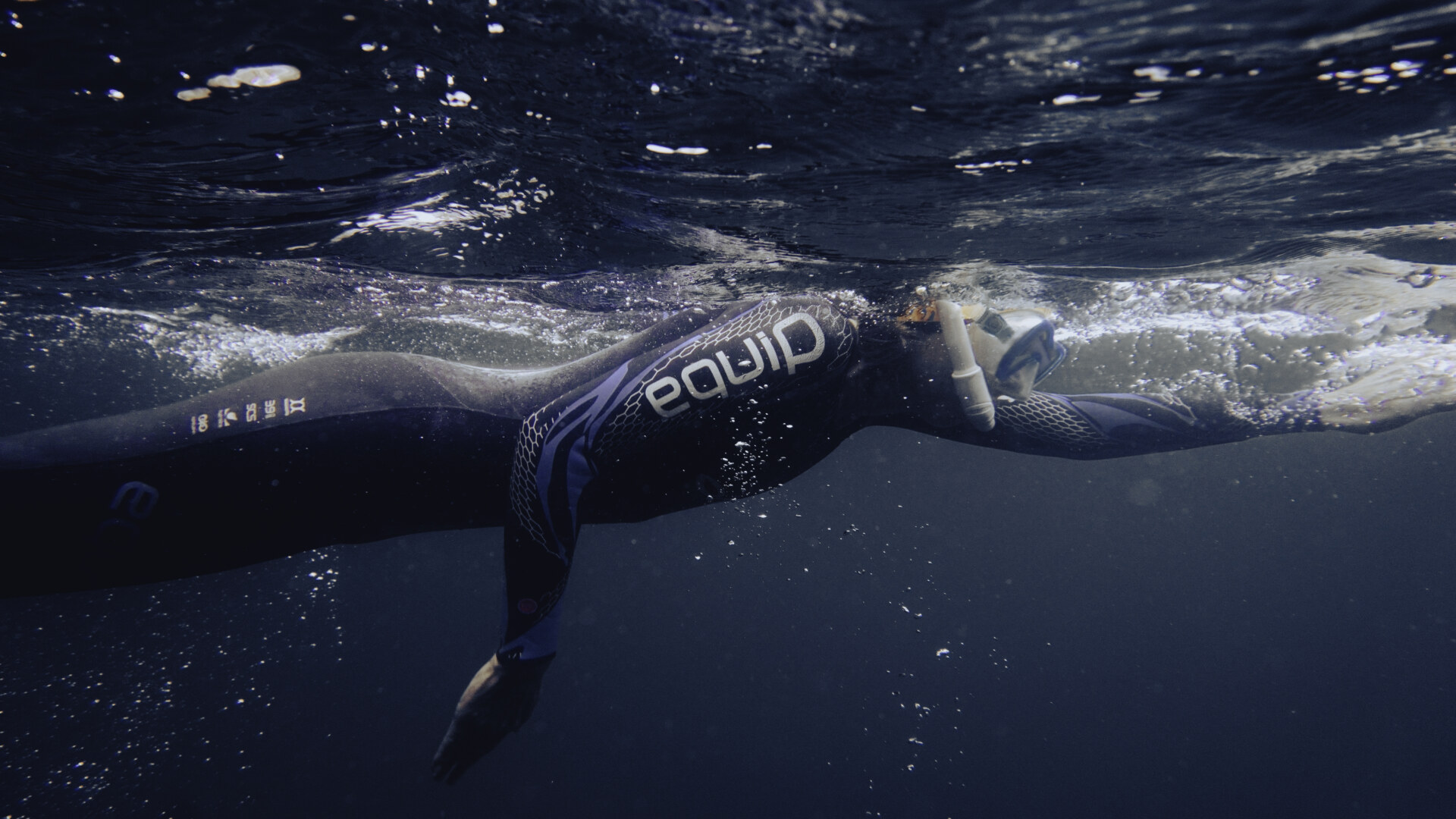
Photo by Juan De Dios Morales
GG: How does one’s mindset differ between swimming for distance and swimming for exploration?
FC: If we think of the competitive swimmer who has a goal—like crossing from Corsica to Sardinia—he has to challenge himself to cover a specific distance, and face everything that entails: weather, currents, fatigue… all the difficulties of the challenge.
In exploration swimming, there’s none of this: no frenzy. The target is simply the pleasure of swimming… seeing the seabed, stopping at unspoilt beaches, enjoying the sun, friends, the curiosity of fish… sharing a project tied to the environment and sea safety.
You don’t rely only on your own strength—you share everything with the group. This is the kind of swimming I’ve always loved… more than the sporting side, which is often what people focus on. Exploratory swimming is a newer, more interesting concept.
GG: How do you prepare, physically and mentally, for a long swim? How has this process changed over time?
FC: Here too it depends on the approach. If you are preparing for a challenge, you have to do a lot of athletic work: if you have to swim 30, 40, 50, 60 km at sea, you have to train every day for that goal. Well, I’m 64 and I don’t do things like that, but if I wanted to swim from Corsica to Sardinia, I would have to prepare for a year, to be followed by a physical trainer, a doctor, maybe a mental coach, have a balanced diet and live like an athlete.
With Swimtrekking, we also do long swims, but they’re like mountain walks: there’s no need for any particular athletic training. Of course, if I sit at my desk every day doing nothing, then maybe it’s better to do a couple of swims before coming; but our excursion is done slowly, so everyone can participate if they have a fairly active lifestyle.

Photo by Juan De Dios Morales
GG: What are the most important lessons the sea has taught you?
FC: You could write a book about this question, and it would be a good book because there is so much to write about. It’s funny to think that when I was four years old, I would go to the pool, but I hated swimming. I only learned to love it through the sea. Just think about the power of the sea. It’s an element capable of transforming something bad into something beautiful. You stand in front of that blue vastness and your negative thoughts are almost immediately transformed into positive ones. It has the power to give you a sense of infinity, of immensity that clears your mind.
Its color, swirl, breaking waves, mesmerizing whether it’s still, stormy, or rough. You can spend hours and hours looking at it without feeling bored for a second. The continuous motion acts on your soul.
My relationship with it has shaped my life, given me ideas, helped me realize between right and wrong, given me strength in things I previously felt weak about. It’s a training ground for life.
This interview has been translated from Italian and edited for length and clarity.
